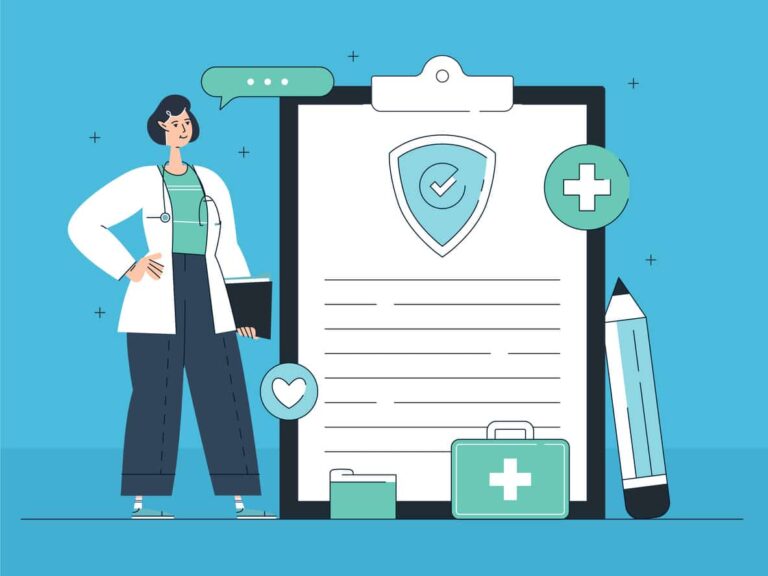If you’re like a lot of ENTs, you’d rather be in the operating room than in your office performing a procedure. And if you’re not currently doing other in-office treatments, getting used to them can take a while. While Balloon Sinuplasty is a popular procedure that has moved into the office, we’d like to offer another to consider, along with two products used in the procedure that lend themselves well to the in-office setting.
Treatment of nasal valve collapse is a great option if you are considering integrating more in-office procedures into your practice. Once you have the appropriate equipment on hand and the knowledge and skills to complete the procedure, the biggest hurdle for most docs to overcome is how to manage an upright, awake patient. Unlike the OR, where the patient is lying down and asleep, the two products we are discussing, LATERA and VivAer, require a patient to sit up and stay conscious. The patient is understandably anxious, so part of your medical team’s job is to provide a comfortable, reassuring environment to help them remain calm and feel supported.
At US ENT, we’ve found that most ENT docs need to perform these in-office procedures on around 15–20 patients before they feel comfortable with the process.
Until five to seven years ago, practitioners could offer limited treatment options to patients suffering from nasal valve collapse. Patients could try wearing Breathe Right strips or Rhino Med disposable valves, both simple, low-risk and relatively inexpensive treatments that work for some people. Or they could get a rhinoplasty, a complicated, higher-risk and costly choice that might only provide patients with relief for one to two years.
Fortunately, in-office procedures that utilize recent technology, such as the LATERA and VivAer, provide a middle ground. They offer patients significant, sustained relief with no general anesthesia, a quicker recovery and a lower cost than surgery.
If you’ve been considering implementing these technologies as part of your standard of care, you’ll be pleased to know that the pros of offering them in-office are plentiful—both for your patients and your practice.
A Closer Look at LATERA and VivAer
LATERA is an absorbable, ¾-inch nasal implant rod that an ENT places inside the lateral wall of a patient’s nose. The implant helps support the upper and lower cartilage to reduce nasal congestion, trouble breathing and other symptoms of nasal valve collapse.
Evidence shows nine out of 10 LATERA patients are satisfied with their breathing after the procedure. They also experienced a 57.7% reduction in nasal obstruction symptoms when surveyed two years after the treatment.1
VivAer is a device with a wand that an ENT uses to apply low-temperature radio-frequency energy to shift the cartilage inside the nostril into a more curved position to improve airflow, leading to better breathing, a better night’s sleep and a better quality of life.
A two-year study of patients who had the VivAer procedure found that 97% of patients experienced significant improvement in nasal breathing, 94% improved their ability to breathe while exercising and 89% reported sleeping better.2
Both of these procedures have the added bonus of not changing the cosmetic appearance of a patient’s nose, which is a big plus for patients.
Proven Benefits for Patients and Practices
Uses Local, Not General, Anesthesia—Both LATERA and VivAer utilize local anesthesia, which is typically safer than general anesthesia, doesn’t cause side effects like nausea and vomiting and doesn’t require a hospital stay.
Takes Less Time and Effort Than Rhinoplasty—In-office treatments are relatively simple for an ENT to do compared to surgery, allowing you to perform the procedures more quickly, get your patients back to their daily activities faster and free up time to see other patients.
Covered by Insurance—Every patient wants to limit their out-of-pocket costs, and insurance can help foot the bill for these treatments. Just make sure your practice codes the procedures correctly. LATERA’s CPT code is 30468, but VivAer doesn’t have a code currently—30117 is a great catch-all code to try.
Results in Successful, Sustained Patient Outcomes—Nasal valve collapse was historically underdiagnosed and undertreated in patients due to a lack of good solutions. The patient outcomes from LATERA and VivAer listed above show that real, lasting relief is possible.
Increases Practice Revenue, Saves Patients Money—Improving your bottom line is always top of mind when running an ENT practice. Treating nasal valve collapse can add to your overall profits while helping patients’ budgets—these in-office treatments are considerably less expensive than a rhinoplasty.
Want to learn more about adding nasal valve procedures to your practice? Contact your regional manager to find out how US ENT can help.
1 Stryker. (2022). Latera. https://latera.com/latera-nasal-implant/
2 Aerin Medical. (2022). VivAer. https://vivaer.com/
The views and opinions expressed in this article are based on an interview with Dr. Keith Matheny of US ENT and are not meant to imply product endorsement by Fuel Medical Group.


